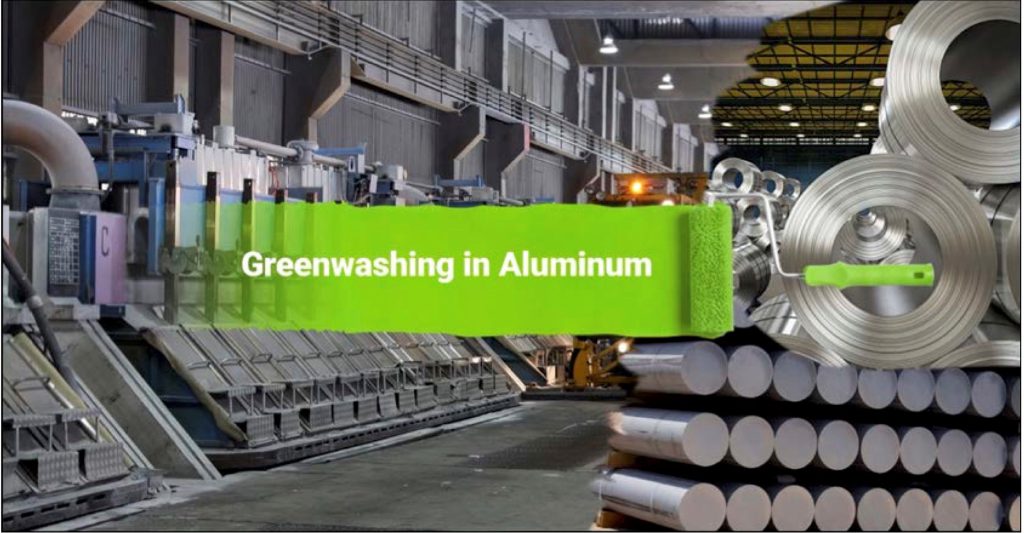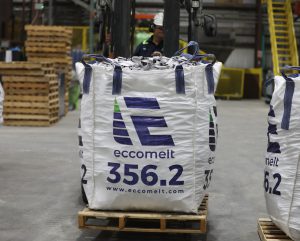In the latest issue of Light Metal Age, Dr. Subodh Das and Martin Hartlieb, two globally recognized aluminum industry experts, have co-authored “Addressing the Problem of Greenwashing in the Aluminum Industry”, a significant and provocative article that should be required reading for anyone involved in an honest attempt to lower carbon footprints in all areas of the aluminum industry.
The article opens with a bold statement of the current quandary within which the aluminium industry finds itself: the green terms bandied about in the industry are not well defined or understood, are used interchangeably for marketing purposes, and are “overused to the extent [that they dilute the actual message]”. Indeed, the ramifications of this misrepresentation are manifold, and will ultimately lead to a tremendous weakening of the ideals that underpin the entire environmental sustainability movement.
Das and Hartlieb, experts in the field, have provided us with a compendium of terms that have been misconstrued and most importantly, the accurate definitions that are applicable to companies who truly wish to take stock of their current practices and make real changes that will make their facilities and practices truly more green and or sustainable. Their first step is not only to decode the terms, but also to state the necessary distinctions that would make the terms valid if they were to be regulated as such. For example, the term “net-zero carbon” indicates that the “removal [of emissions] must be permanent and accredited or licensed to claim it”. Also, “low carbon” is a term that is not clearly defined and that companies claim for their products, without providing any figures to prove it. Moreover, when using the terms recycled (or secondary), there is a crucial distinction to be made between post-consumer and pre-consumer scrap: Pre-consumer or in-process scrap is assumed to keep its original carbon footprint and should of course always be directly recycled (ideally closed loop). When post-consumer scrap is used, it resets the scrap material’s carbon footprint to zero since it is diverted from landfills, which is a vastly underrated boon for the Sustainability movement. Clearly, “recovering post-consumer aluminum from a scrapped, collected and remelted product……should be the focus of recycling efforts.”
While discussing the topic of renewable energy vs. fossil fuels, Das and Hartlieb reveal yet another, often unacknowledged area of the recycled aluminum industry, and that is the melting steps involved. One of the few known recycling/secondary companies that does not use a melting step is Eccomelt, which uses an entirely non-thermal process in manufacturing its alloy eccomelt356.2. Indeed, it is this non-thermal process which garners eccomelt356.2 the lowest carbon footprint in the industry, at 0.136 kg C02 per kg of Al. Clearly, Eccomelt’s non-thermal process that utilizes EOL scrap (i.e. post-consumer scrap) is what sets eccomelt356.2 apart from any other aluminum foundry alloy on the market.
Broadly speaking, the authors reveal that the primary aluminum producers need to provide accurate reporting, using all scopes and/or levels of the Greenhouse Gas Corporate Accounting and Reporting Standard (GHG Protocol Corporate Standard) and/or the IAI International Aluminum Institute standard, if they wish to be authentic in their carbon footprint claims. To reiterate, though some companies have started implementing traceability in their supply chain, it will not reflect the reality on the ground until they “disclose the full IAI Level 3 and /or GHG Scope 1-3 numbers.”
Das and Hartlieb’s article enables us to gain a much needed awareness so that we can better guide our companies, suppliers, customers, partners and stakeholders towards an authentic embrace of the true ideals behind the current sustainability movement. Now it is up to us to work towards implementing their suggestions and endorsing those products that are authentically green and sustainable.
To read the article, go to Addressing the Problem of Greenwashing in the Aluminum Industry – Light Metal Age Magazine





